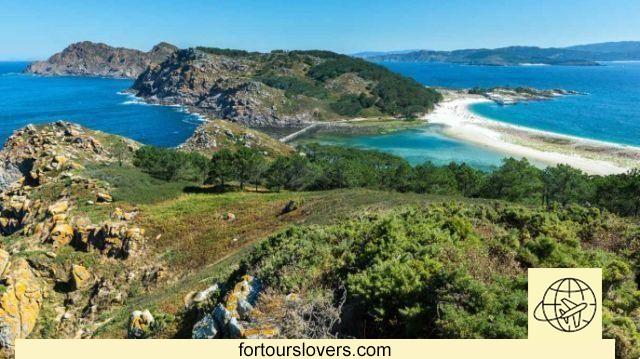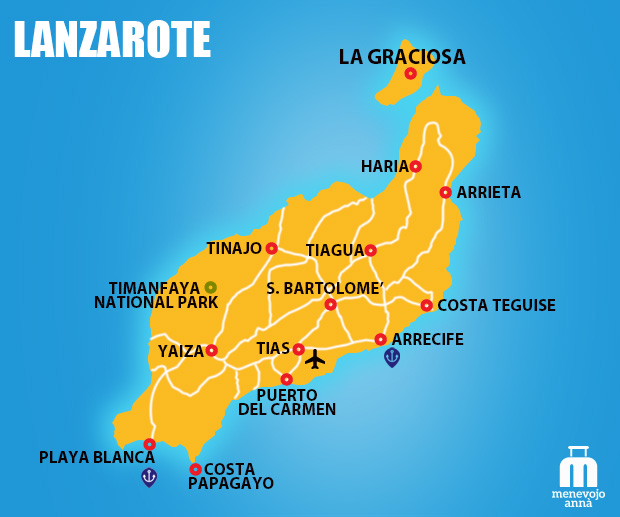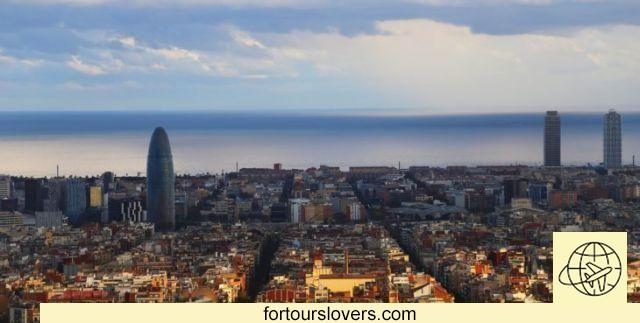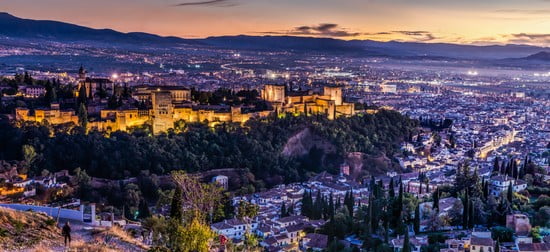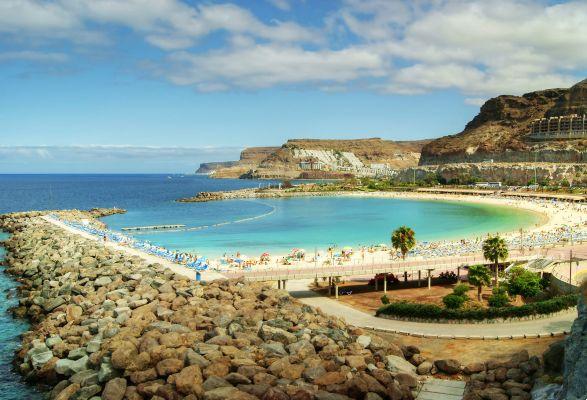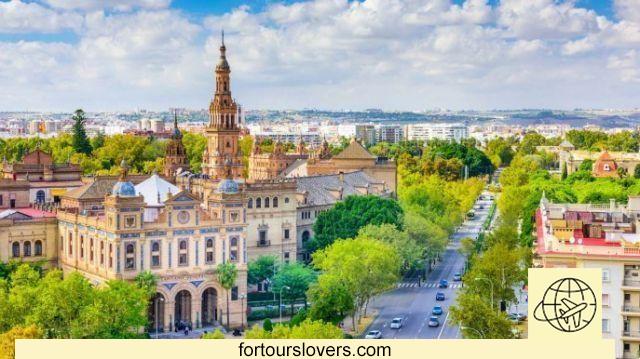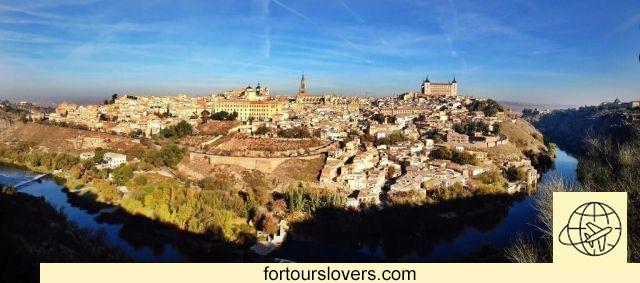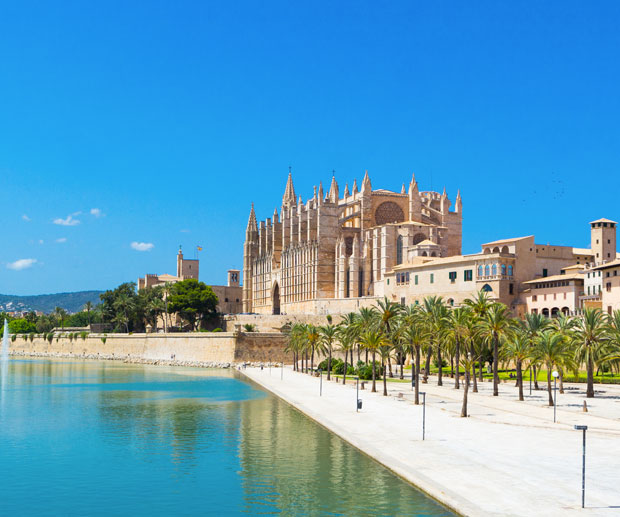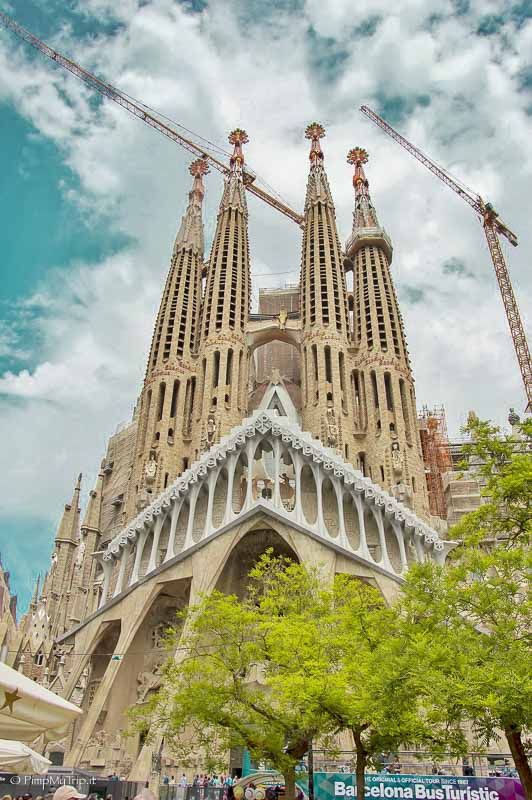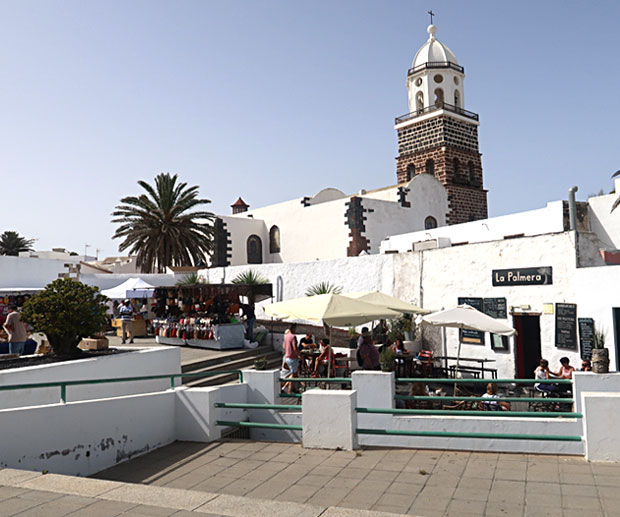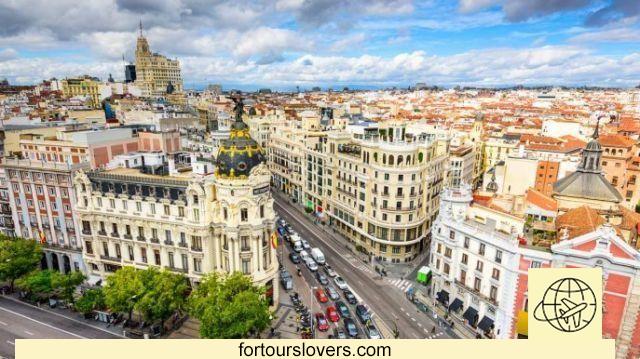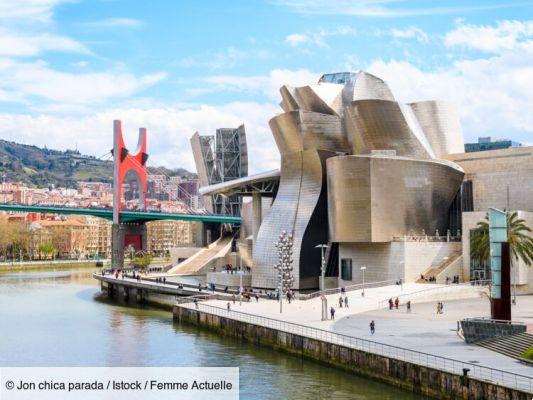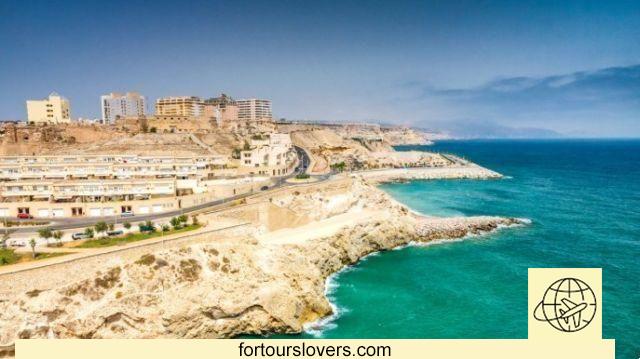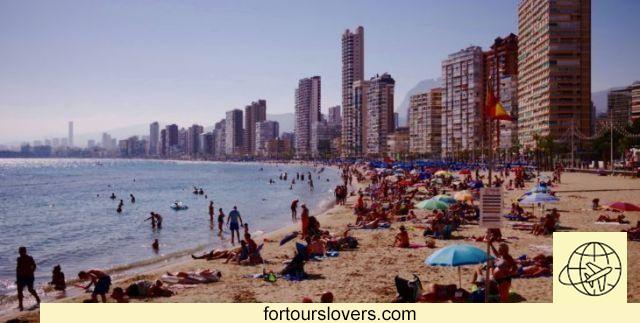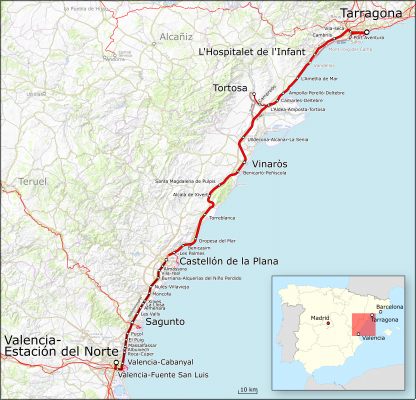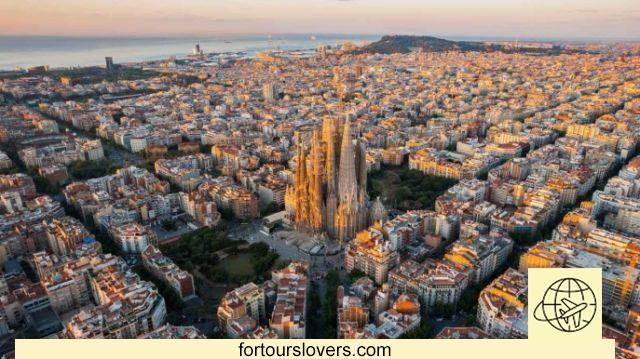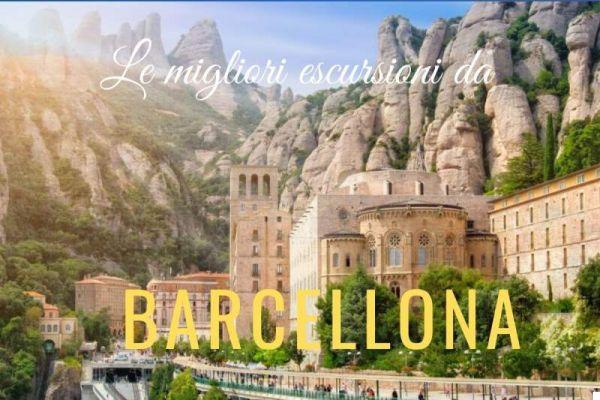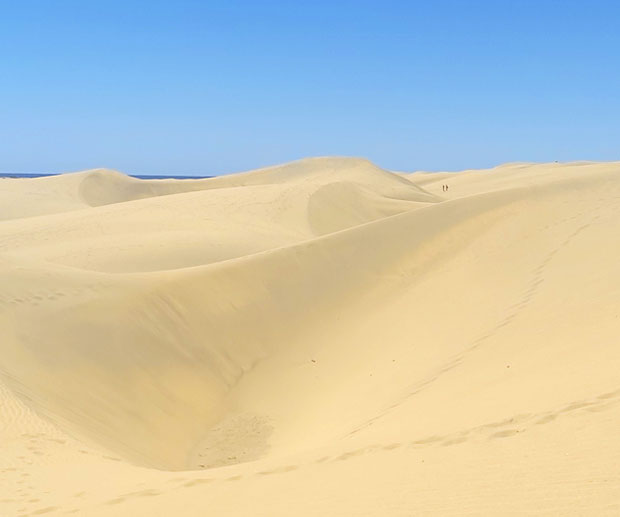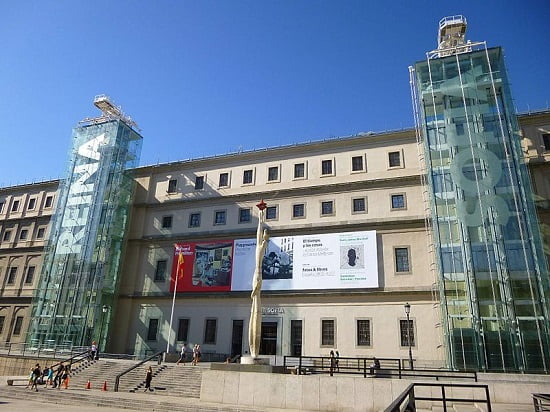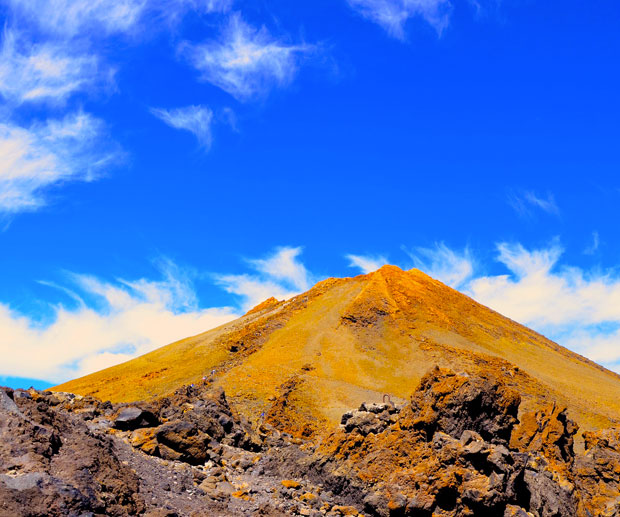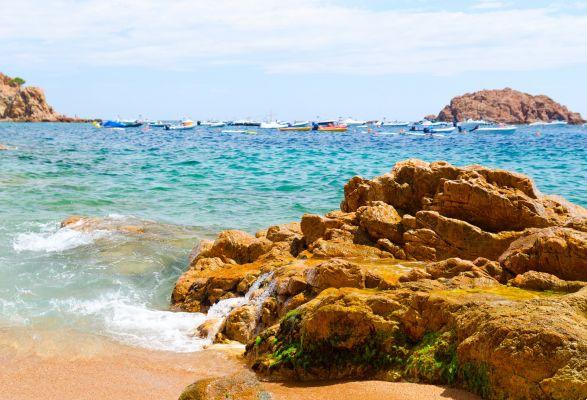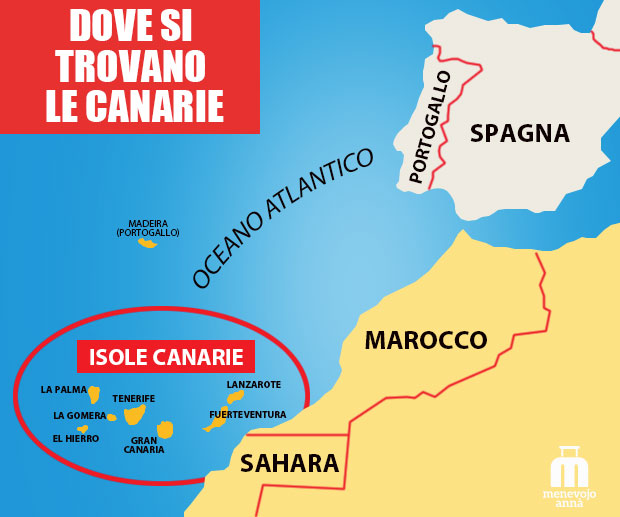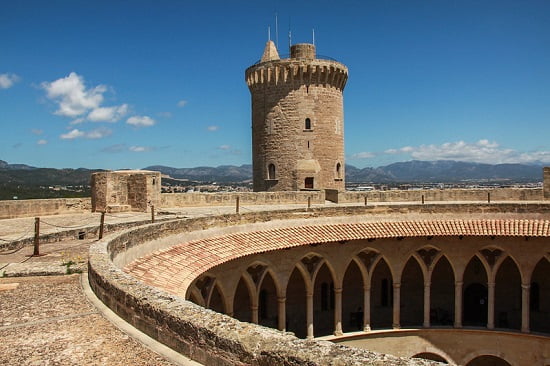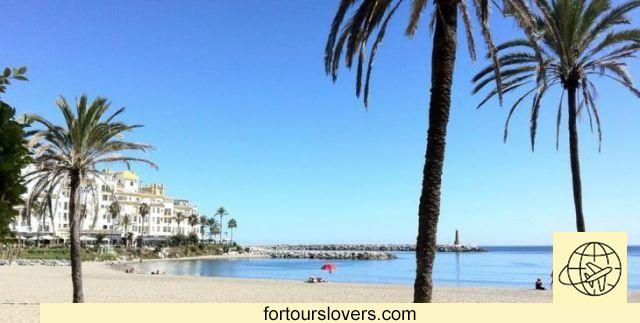
Marbella
8 things to do and see in Marbella and 1 not to doFor at least twenty years, from the 60s to the 80s, Marbella was there Spanish queen of the international jet-set. Actors, directors, producers, but also sheikhs, diplomats and businessmen spent their summer holidays in this charming town on the Costa del Sol, about 60 kilometers from Malaga. Therefore an exclusive location which, over time, has paid a high price for its popularity: excessive building expansion and some cases of corruption have stained a fairy tale born thanks to the intuition of a nobleman, the Prince Max Egon Langeburg, who was the first to notice the tourist potential of the area. Briefly said about the past, we come to the present: the tourism continues to be there main resource of Marbella and even if it is no longer just VIPs who frequent it, the city still remains a popular destination. Thanks to the combination of at least 3 factors: pleasant climate, state-of-the-art tourist services and a beautiful historic center which betrays the Arab influence common to the whole Andalusian region. Below we discover together the main points of interest in Marbella. Enjoy the reading.
1 Plaza de los Naranjos
Our tour to discover Marbella can only start from Casco Antiguo, the historic city center. We are behind the hotels that follow one another along the coast, and it is precisely the contrast between the modernity of tourism and the historicity of the old part one of the most fascinating reasons of the city. The road network of the Casco Antiguo, made up of narrow and winding streets, is clearly affected by the long Arab domination. To counterbalance the Moorish imprint, however, there are the Renaissance buildings, built after the "Reconquista" of 1485. In particular, those of Plaza de los Naranjos, the political heart of Marbella. Here, in fact, theAyuntamiento (Town Hall) and Casa del Corregidor (House of the Mayor). Here, too, is theErmida de Santiago (Hermitage of Santiago), the oldest church in the city. In short, woe to flatten the image of Marbella only on the holiday dimension and, on the other hand, woe to reduce its history to Muslim domination alone. There is much more to see and discover, starting with the Iglesia de Nuestra Señora de la Encarnación which we will discuss more fully in the next point.
2 Church of Our Lady of the Incarnation
THEIglesia de Nuestra Señora de la Encarnación it is located just 100 meters from Plaza de los Naranjos. After all, just turn your gaze to the sky to see its bell tower, an essential landmark of the Marbella skyline (see photo). And, the bell tower, together with the very high naves, the richly decorated side chapels and the wooden and gold altarpiece that adorns the main altar, suggest an idea of majesty that compensates for the overall small size of the building. Almost a cathedral even if it does not have a title and size; certainly among the most beautiful churches in the entire province of Malaga. During the "Semana Santa" this church which, we recall, also gives its name to the square in which it is located (Plaza de la Iglesia), is at the center of the festivities that take place in the city. A further reason of charm that makes a visit to the building a must for a holiday in Marbella. To learn more, consult the place: encarnacionmarbella.com.
3 San Juan de Dios Chapel
Just 100 meters from “La Encarnación”, at number 2 of Calle Misericordia, la "Capilla San Juan de Dios" is another must see in the historic center of Marbella. Known to locals as "El Hospitalillo", this cult building was built in the XNUMXth century with the primary purpose of providing health care and charity to the local population. Centuries later, once the social function for which it was conceived was exhausted, this chapel has "naturally" transformed itself into a tourist attraction. Especially striking are the decorative and architectural details that refer to that mixture of styles - Renaissance, Gothic and Mudejar - which is a bit like the aesthetic figure of the whole of Andalusia. The coffered ceiling inside is beautiful. To be seen!
4 Museo del Grabado Español Contemporáneo
We remain in the Casco Antiguo of Marbella, to be precise in Calle Hospital Bazán, about 200 meters from the Capilla San Juan De Dios we have just talked about. Here since 1992 there is the Museum of the Grabado Español Contemporáneo, a small but dynamic museum created thanks to the patronage of art historian José Luis Morales y Marín. The collection focuses mainly on engravings, lithographs, serigraphs, woodcuts of Spanish art for a time window that goes from the XNUMXth century to the present day. There are also works by world-renowned artists such as Picasso, Dalì and Mirò. For more information on the history, collection, activities, hours and prices of the museum, consult the place: www.mgec.es.
5 Arroyo de la Represa Park
Among the points in favor of Marbella there is also that of being one place suitable for a holiday with children. Not only for the pleasant climate, the historic center easily accessible on foot or for the beaches (see point 8) but, above all, for the presence of the Parque Arroyo de la Represa, about a kilometer from the Museo del Grabado we have just talked about. The park, built over a stream ("La Barbanica") that crossed a part of the city, represents an important opportunity to spend a day in contact with nature. Inside, we said, there is a large area equipped for the entertainment of the little ones and there are also bars, tennis courts and two artificial lakes. There is also a Bonsai Museum and a road bridge - "Puente del Sagrado Corazon", its name (see photo) - which runs through it. To be seen!
6 King Abdelaziz Mosque
When it comes to the Arab influence in Andalusia, we must not think only of the wonderful architectural traces of Granada and Cordoba. In the 80s, in fact, the resorts of the Costa del Sol recorded a massive presence of tourists from the United Arab Emirates and the Persian Gulf. A tourist colony with a high spending capacity that in Marbella has invested heavily in the real estate market, giving its own style to villas, buildings and premises purchased. A style that recovers the Arab-Andalusian cultural heritage, hybridizing it, however, with contemporary European architecture and that of the countries of origin. A miscellany of styles of which the King Abdelaziz Mosque, about 5 kilometers west of Marbella, is the most advanced point. This mosque was built in 1981 in honor of Saudi King Fahd. To be seen!
7 Puerto Banus
At the beginning we referred to the “golden age” of Marbella, the twenty years from the 60s and 80s of the last century during which the city has established itself as the Spanish capital of the international jet set. The village of Puerto Banus, about 6 kilometers from the city, is the emblem of this drift of luxury. Built in 1970 by the local entrepreneur Josè Banus, the village was designed by the Swiss-Russian architect with a Mexican passport Arnold Schreck. A very active designer between Beverly Hills and Acapulco capable of conveying the same suggestions of shapes and colors on the Costa del Sol as well. The economic and social life of the town revolves around the homonymous marina which, with a capacity of almost 1000 berths, hosts yachts and boats of nabobs from all over the world. All around the port shops, bars and restaurants designed for people with high spending power who like to spend their summer days in this real temple of luxury consumerism (of course, there is also the casino). A temple, however, also frequented by ordinary tourists looking for VIPs to ask for a shot or an autograph to keep as a seal of the holiday. To be seen!
8 The beaches of Marbella
Writing about Marbella one cannot fail to mention its beaches. There are more than twenty in just thirty kilometers of coastline and they are all excellent in terms of cleanliness (of the seabed and of the beach) and services available. Starting with Playa de Puerto Banus, the place we just talked about. A "showcase beach" frequented by wealthy people, where it is common to meet VIPs from the world of sport and entertainment. Beyond Puerto Banus, west of Marbella, there is Playa Nueva Andalucia, also known with the topos of "El Duque", while right in the center of the city, therefore without the need to move by car or public transport, deserve a mention Playa del Cable (or “Bounty Beach”) e Playa de Rio Real, just five minutes away from each other. These two beaches, in fact, are part of a larger stretch of sandy coastline known as "Los Monteros" which also includes Playa Realejo, Playa Cortijo Blanco, Playa El Ancon etc. Special mention also for Playa el Alicate, about 10 kilometers east of Marbella. In addition to the exotic scenery, with the palm trees that line the sea, this beach is also famous for the residential center behind it. To name just one, Antonio Banderas is among the VIPs who have a home in these parts. In short, Marbella is above all an excellent seaside resort and therefore woe to not take advantage of it. You will not regret!
1 Watch out for tourist "traps"
There are no real contraindications for a holiday in Marbella. The city is safe, fairly busy even in winter (despite being a predominantly summer resort) and well connected to Malaga, Ronda and the rest of Andalusia. The only thing to pay attention to are the so-called ones "Tourist traps": we are talking about bars where a coffee and a fruit juice can cost a lot and restaurants that instead promise a lot and keep very little. The advice, as always in these cases, is to read the online reviews, perhaps integrating them, if there is a way, with the tips from an "insider" provided, of course, that the latter has no specific interests in this regard.




